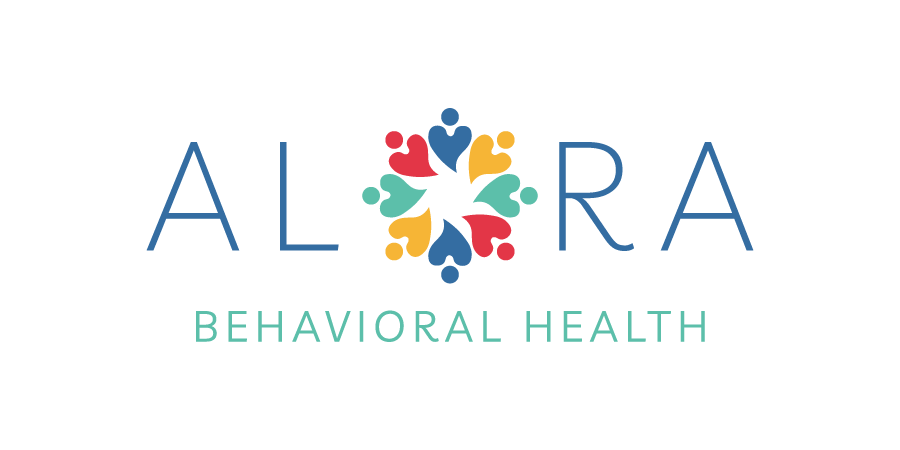Applied Behavior Analysis (ABA) therapy is a widely recognized and effective approach for individuals with autism and other developmental disabilities. At the core of ABA therapy lies the principle of reinforcement, and more specifically, positive reinforcement. In this blog, we will explore the significant role that positive reinforcement plays in ABA therapy and how it helps individuals learn, grow, and achieve their goals.
Understanding Positive Reinforcement
Positive reinforcement is a fundamental concept in ABA therapy. It involves providing a reward or positive consequence immediately after a desired behavior to increase the likelihood of that behavior occurring again in the future. In other words, it’s a way to motivate and encourage positive actions and skill development.
How Positive Reinforcement Works in ABA Therapy
Positive reinforcement is applied in various ways throughout ABA therapy. Here’s a breakdown of how it operates:
1. Identifying Target Behaviors: ABA therapists begin by identifying specific target behaviors or skills they want the individual to learn or improve. These can range from basic life skills to more complex social interactions.
2. Selecting Reinforcers: The next step is to determine what will be reinforcing for the individual. Reinforcers can be anything the person finds motivating, such as verbal praise, toys, snacks, or access to a preferred activity. What works as a reinforcer may vary from person to person, so it’s essential to personalize the selection.
3. Prompting and Shaping: ABA therapists use prompting and shaping techniques to help individuals perform the desired behavior. For example, if the goal is to teach a child to say “please” when requesting something, the therapist might start by reinforcing any attempt at communication and gradually shaping it into the desired “please.”
4. Immediate Reinforcement: Crucially, positive reinforcement is provided immediately after the individual exhibits the target behavior. This immediacy helps create a strong association between the behavior and the reinforcement.
5. Gradual Fading: As the individual becomes more proficient in the desired behavior, the use of reinforcement is gradually faded. This means the behavior becomes more independent and is less reliant on external rewards.
The Benefits of Positive Reinforcement
Positive reinforcement in ABA therapy offers numerous advantages:
- Motivation: It motivates individuals to engage in desired behaviors and learn new skills.
- Personalized: It allows for personalized and individualized approaches, catering to the unique preferences and needs of each person.
- Long-lasting Change: Positive reinforcement is effective in creating lasting behavior change.
- Generalization: The skills acquired through positive reinforcement often generalize to other areas of the individual’s life, making them more adaptable and versatile.
Real-Life Applications
Let’s look at a practical example to illustrate the power of positive reinforcement in ABA therapy. Consider a child with autism working on developing social interaction skills. The therapist may use positive reinforcement to encourage the child to make eye contact during conversations. Whenever the child makes eye contact, they receive praise or a preferred treat. Over time, this positive reinforcement helps the child become more adept at maintaining eye contact during social interactions.
Positive reinforcement is a cornerstone of ABA therapy, fostering a positive and supportive environment for individuals with autism and other developmental disabilities to thrive. By understanding and effectively applying this principle, ABA therapists can help individuals reach their full potential, learn new skills, and achieve their goals. The power of positive reinforcement lies in its ability to transform lives, one rewarding step at a time.


